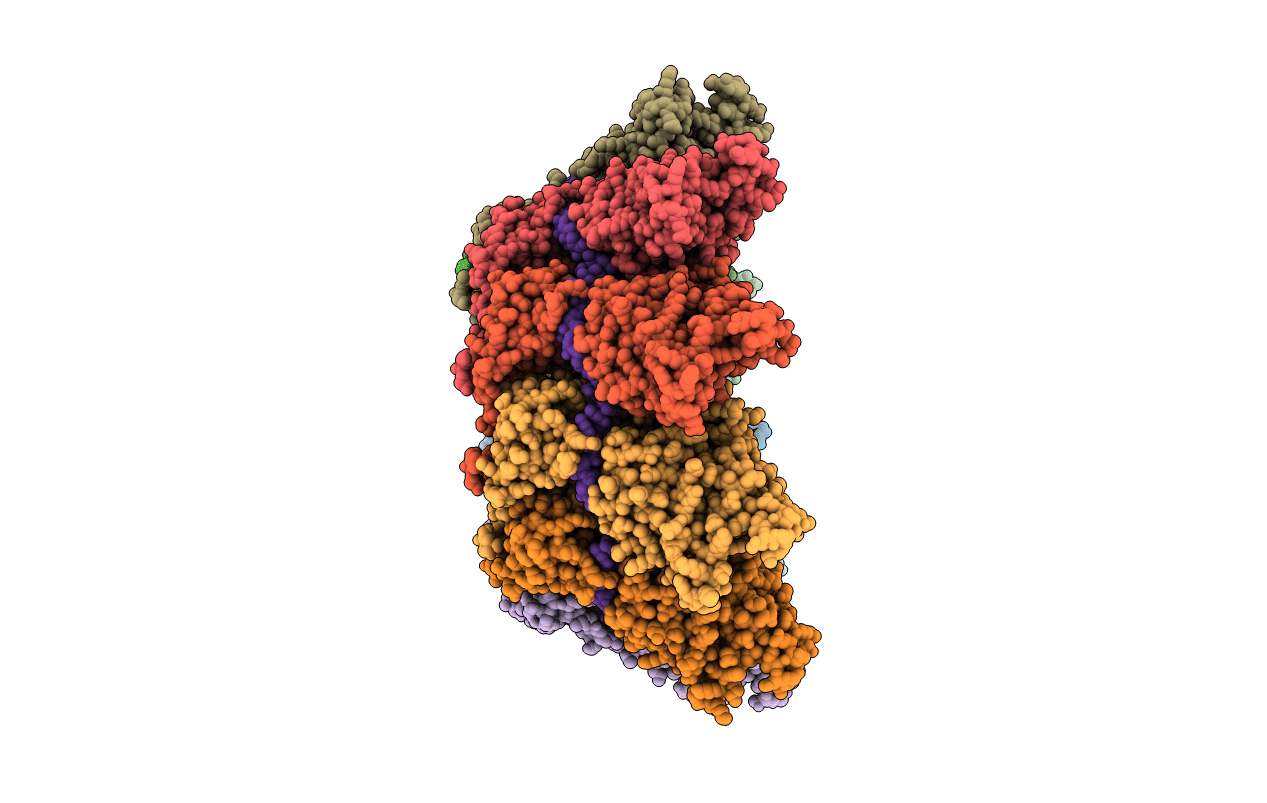
Deposition Date
2011-05-04
Release Date
2012-01-25
Last Version Date
2023-12-20
Entry Detail
PDB ID:
2YHM
Keywords:
Title:
Structure of respiratory syncytial virus nucleocapsid protein, P212121 crystal form
Biological Source:
Source Organism:
HUMAN RESPIRATORY SYNCYTIAL VIRUS (Taxon ID: 11250)
ESCHERICHIA COLI (Taxon ID: 562)
ESCHERICHIA COLI (Taxon ID: 562)
Host Organism:
Method Details:
Experimental Method:
Resolution:
3.60 Å
R-Value Free:
0.22
R-Value Work:
0.19
R-Value Observed:
0.19
Space Group:
P 21 21 21


